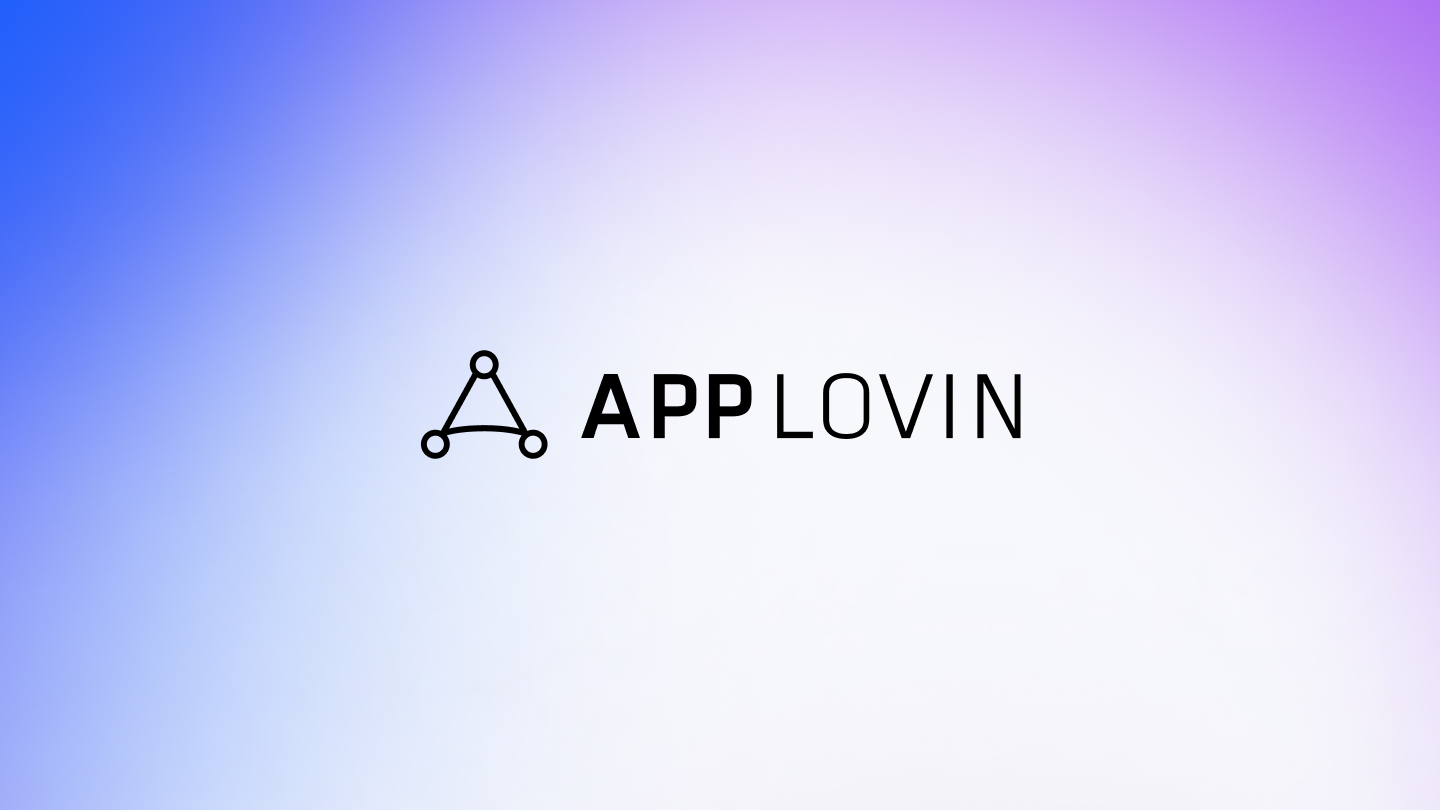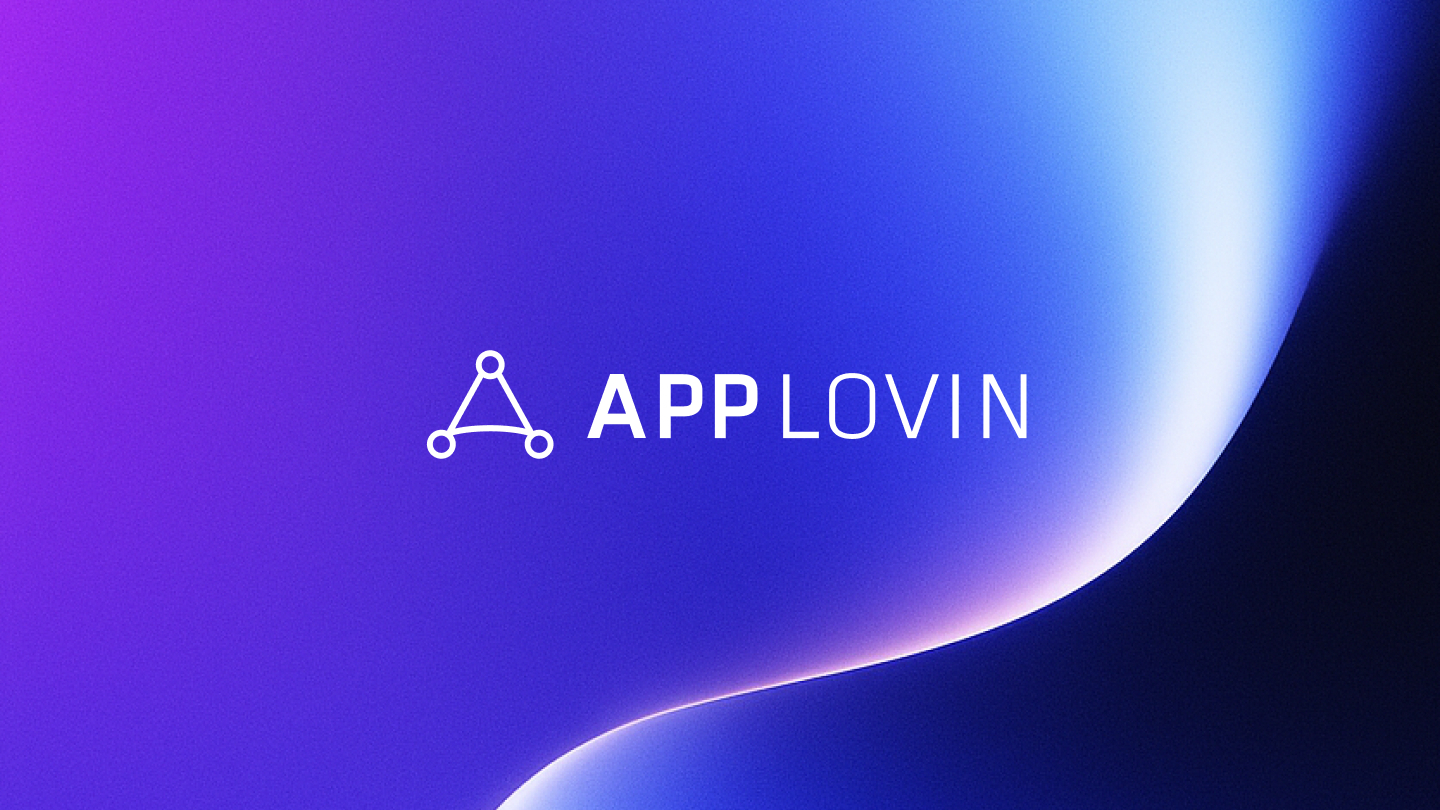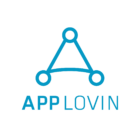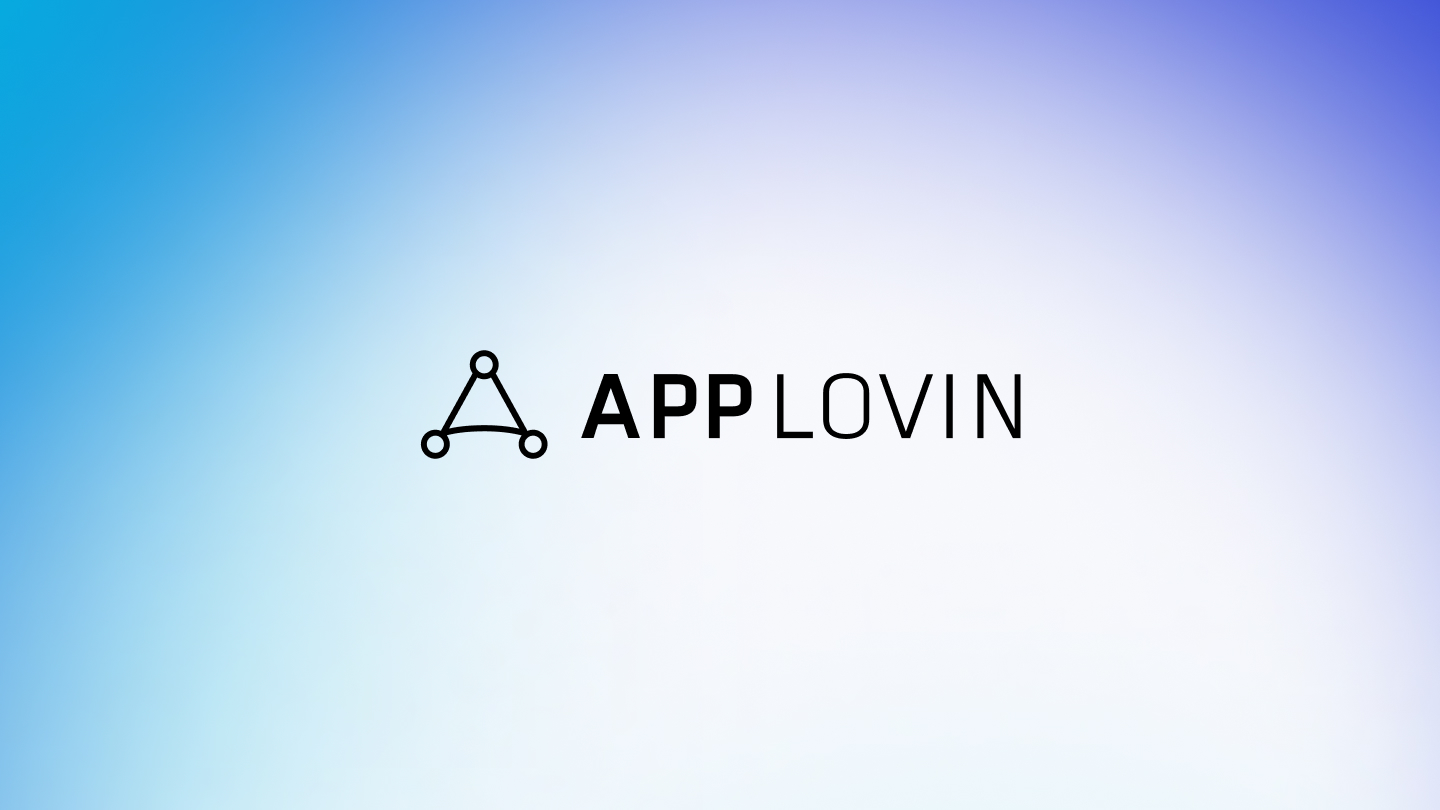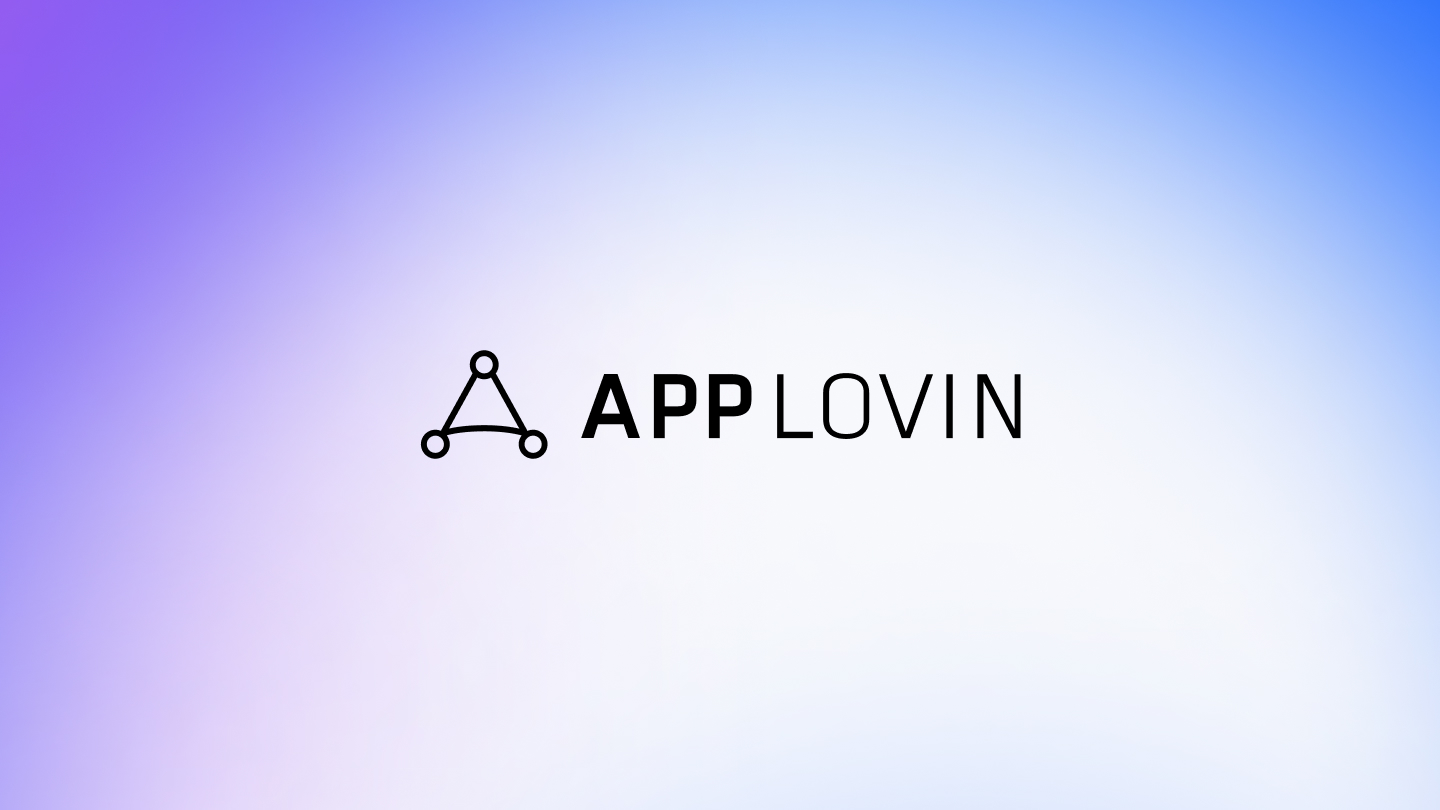Considering working with ad networks for user acquisition? Smart thinking. Networks offer app developers the advantage of access to a broad inventory of ad placements across various publishers, making it easier to win new users through targeted campaigns. They simplify the process by aggregating ad space so you can reach a vast audience without having to negotiate directly with each individual publisher. Most provide tools for tracking performance, optimizing campaigns, and maximizing return on investment (ROI), and many also offer DSP access.
Working with an ad network for UA involves several strategic steps, and you should be prepared before you jump into a relationship with the first rep to cold-email you. To help you find your way, here’s a handy step-by-step guide:
Choose the right ad network.
Not all ad networks are created equal, and some actually specialize in particular genres or regions. Select an ad network that aligns with your goals and reaches your target audience effectively. Factors you’ll want to consider include:
- Reach and relevance: Yes, it’s obvious, but make sure the network can reach your target audience and in numbers that align with your goals.
- Ad formats supported: Some networks specialize in certain formats to the exclusion of others. Check that the ones you’re talking to support a variety of ad formats, such as video, playables, interstitials, and/or native ads.
- Pricing models: Familiarize yourself with their pricing models (e.g., cost per click (CPC), cost per install (CPI), cost per action (CPA)). You may need to ask your rep to suggest a starting budget if you’re not used to the pricing model they use.
- Analytics and tracking: You probably have your own campaign tracking set up, but if your selected ad network offers robust analytics and tracking options, that’s a huge plus. It will make it much easier for you to monitor and optimize your campaigns in real-time.
Define your goals and target audience.
As with any initiative, it’s best to know your goals before you’re off and running. Before you launch your first campaign with an ad network, make sure you’ve clearly defined what you aim to achieve. Are you targeting a certain cost-per-purchase or cost-per-event? Maybe a particular D7 ROAS (return on ad spend)? Know these before you start. You’ll also want to confirm you’re targeting the right geos, devices, and budgets for each target.
Create compelling ad creatives
Identifying and reaching the right audience won’t do much good if you’re not capturing their attention. That’s where the ad creative comes in. Develop engaging and relevant ads tailored to your audience’s interests. Be sure that the design and messaging align with your brand, that they amplify the benefits of your app, and that there’s a clear call to action, like “Download now.” (You can get some great tips on creative trends in this report from SparkLabs!) A/B or multivariate testing of different creatives can help determine what resonates best with your audience.
If you’re already advertising in other channels, you’ll have an idea of what resonates with your audience. Start with the themes and images that have performed well in the past, but consider iterating and trying new formats.
Launch!
Push your campaigns live across the selected ad network. Start with a test campaign to gather initial data and insights without committing to a huge budget. Be aware that for most networks, it takes time for the algorithms to learn and adjust. That said, platforms that use AI to streamline targeting and bid management may require less data – and therefore less time and a smaller initial investment – to ramp up.
Monitor and optimize
Monitor your campaigns’ performance regularly using the ad network’s analytics tools. Track metrics such as click-through rates (CTR), conversion rates, cost per action (CPA), and return on ad spend (ROAS) against your campaign goals. Use the insights from your analytics data to tweak and optimize your placements, bidding strategies, and creatives.
Once you identify what’s working, consider scaling up your successful campaigns. Focus on optimizing the ad spend and refining targeting to maximize efficiency.
Stay updated and adapt
The mobile advertising landscape is constantly changing. Whether it’s a new ad format, a new app store, or new smartphone capability, there’s always something impacting the industry. Whether by blogs, podcasts, or news alerts, it’s smart to stay ahead of the latest trends, technologies, and regulations in mobile advertising to adapt your strategies accordingly.
Working with an ad network for mobile user acquisition demands continuous experimentation and optimization. Closely monitor your campaigns and adapt your strategies based on performance data, and you’ll get the most out of ad networks to grow your mobile app’s user base.
